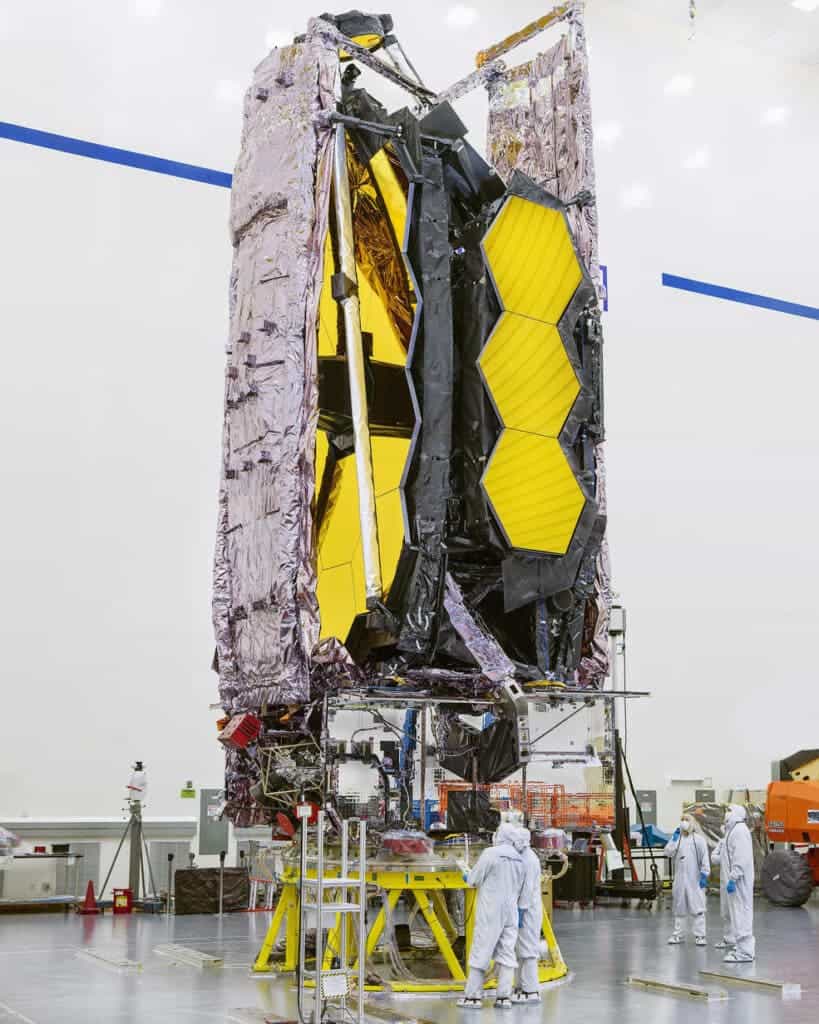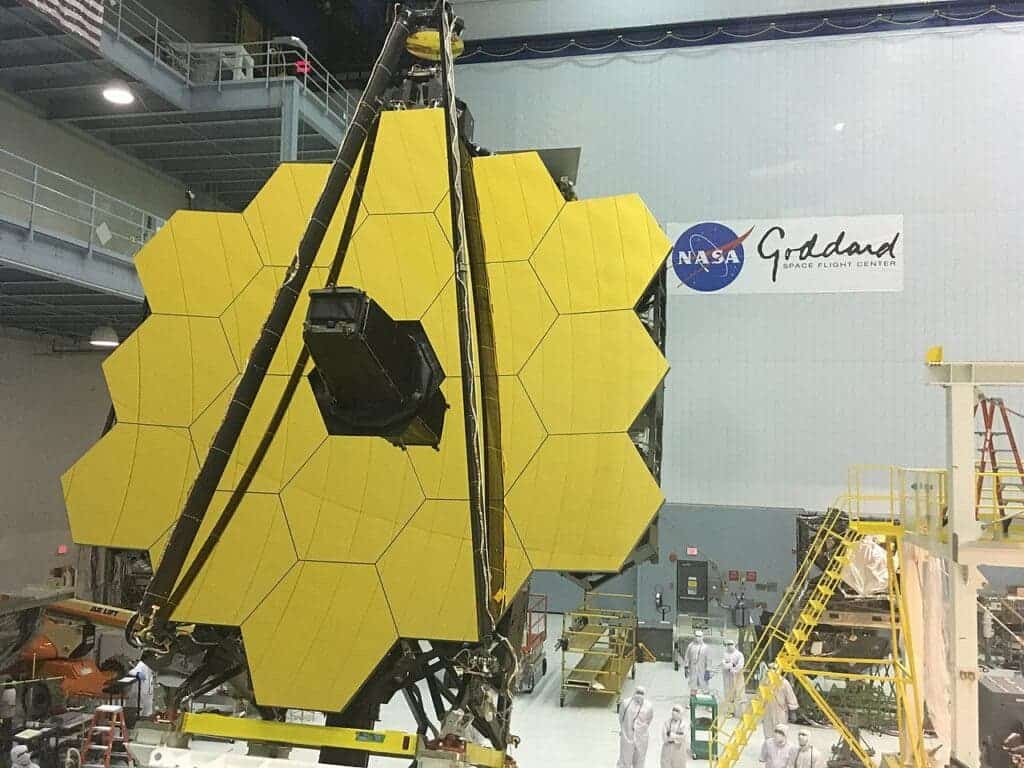It’s been a long road, and NASA still has plenty of work to do, but now, the groundwork has been completed for the James Webb Space Telescope. The telescope, which will complement and extend the discoveries of the Hubble Space Telescope, is now being prepared for shipment to its launch site.

Few things have enriched our understanding of the universe like the Hubble Telescope — and the James Webb telescope promises to usher in similar advancements. But it wasn’t easy.
The project started in the late 1990s, but the ballooning costs delayed construction time and time again. The first major re-planning took place in 2005, and it became a common theme. But delays are apparently coming to an end. After more than two decades, $10 billion, and tremendous work from NASA, the telescope is months away from being launched into space, where it will peer deep into the heart of the universe.
NASA now says all the engineering work and checks are done on the telescope; the hardware is assembled, the software is in place, everything is in order. The next step now is to pack it and get it ready for an ocean journey to French Guiana, where it will be launching from. From there, the final preparations will be carried out: removing the red flags marked “remove before flight”, and adding fuel to the telescope to enable it to maintain the desired position.
For the team behind the project, it’s a milestone moment.
“To me, launching Webb will be a significant life event – I’ll be elated of course when this is successful, but it will also be a time of deep personal introspection. Twenty years of my life will all come down to that moment,” said Mark Voyton, Webb observatory integration and test manager at NASA’s Goddard Space Flight Center in Greenbelt, Maryland. “We’ve come a long way and worked through so much together to prepare our observatory for flight. The telescope’s journey is only just beginning, but for those of us on the ground who built it, our time will soon come to an end, and we will have our opportunity to rest, knowing we put everything on the line to make sure our observatory works. The bonds we formed with each other along the way will last far into the future.”

There’s still a bit of tinkering needed, though. The telescope must be kept in the cold, stabilized at the frigid operating temperature it will experience in space. Over the next weeks, the mission team will ensure that the telescope is cooled down.
Then, after the launch, the sun shield will be deployed and the instruments will slowly power up — and again, the telescope will spend some time cooling down. If everything goes according to plan, the telescope will be operational at some point in 2022.
“After completing the final steps of the James Webb Space Telescope’s testing regimen, I can’t help but see the reflections of the thousands of individuals who have dedicated so much of their lives to Webb, every time I look at that beautiful gold mirror,” said Bill Ochs, Webb project manager for NASA Goddard.
Flagship missions like this one are momentous for science. We’re still learning so much from the Hubble telescope, and with all of Hubble’s recent woes and challenges, it’s still offering so much valuable information. Having access to a new large infrared space telescope will lay the foundation upon which important astronomic findings will be made.
Webb will solve mysteries in our solar system, look beyond to distant worlds around other stars, and probe the mysterious structures and origins of our universe and our place in it,” a NASA press release concludes.
As for us — we couldn’t be more excited. We can’t wait to see the James Webb Telescope in space and write about its findings for years to come.


